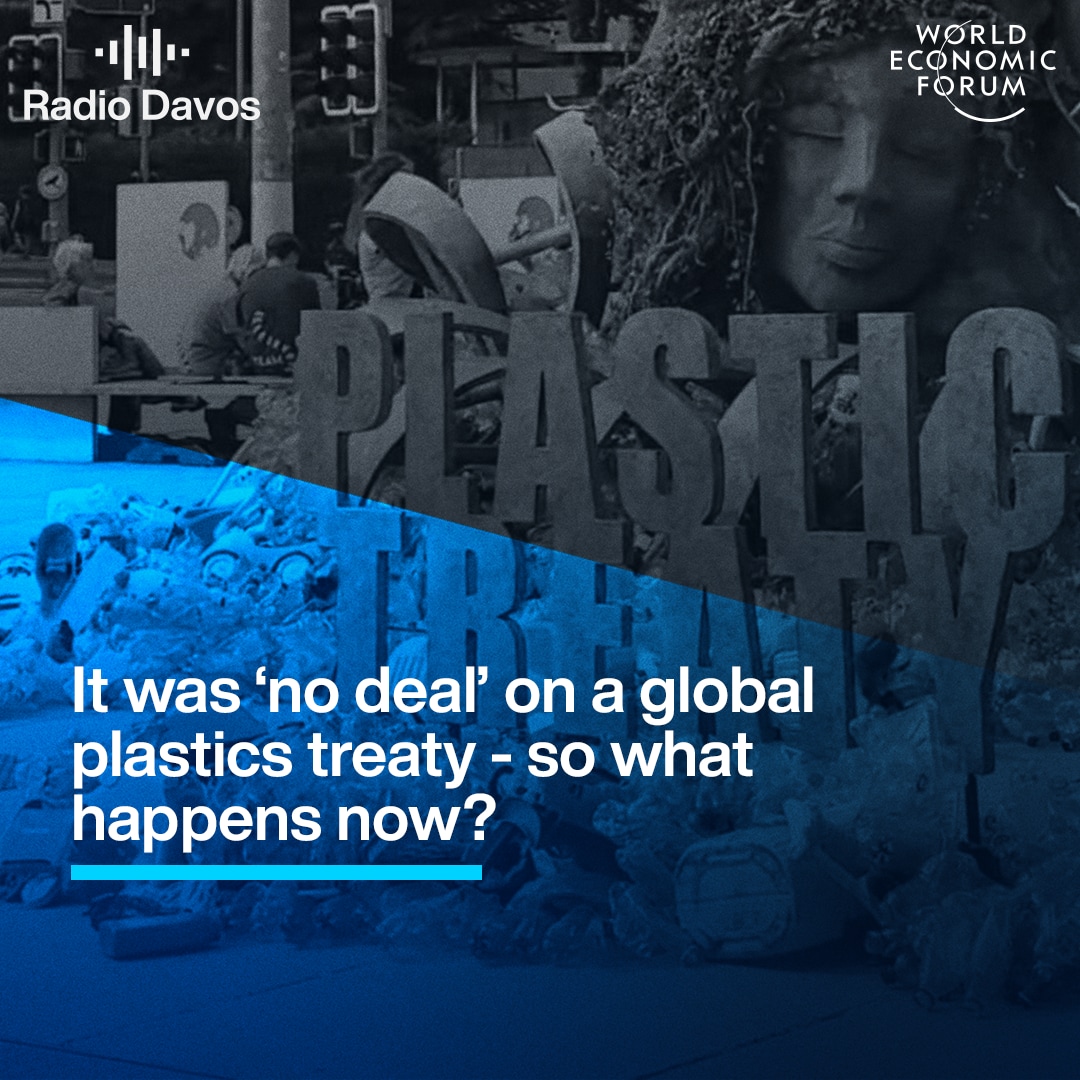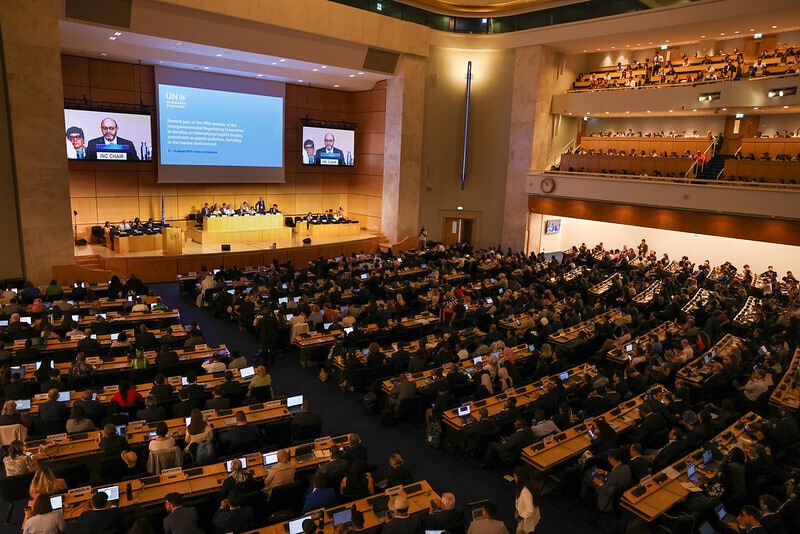Could play be a game-changer for the world's forests?

Policy-making through play … games can help explore possible future outcomes for the environment.
Image: H. Dessard
Stay up to date:
Forests
Decision-makers, be they company leaders or government representatives, have the monumental responsibility of creating laws, policies and regulations, and then deploying the relevant resources to implement them. This is an unenviable task: as well as extensive research, they need to weigh the pros and cons of various options, account for political party lines or company strategies, and, in the end, use their own judgement to make decisions that will affect the lives and livelihoods of a significant number of people and their environment. Even with the best of intentions, they might contribute to collective results no one actually wants.
Models can help them in this task, provided they capture the inherent complexity of human decision-making processes. At their core, these models need to account for “bounded rationality”: the fact that humans have a limited cognitive capacity, operate under time constraints and have access to only partial or flawed information. However, theoretical models fall short of accurately representing all the aspects of this state in the real world. This is where simulation, role play and games come in. Characterised by the following features, this methodology is an alternative way to break down complex problems:
Adaptive: Games can represent all forms of social interactions, and all kind of stakeholders. As knowledge accumulates and new insights are gained, games can be adapted, expanded or redesigned for a fraction of the cost of a field trial or a more sophisticated tool. This makes them the perfect tool to keep up with rapid changes. For example, a set of additional rules and a new scenario might represent a dramatic change in the political landscape. The tool also serves diverse purposes: games can be used for teaching and research, but the same games can also be used in a decision-making context. They offer players the opportunity to weigh the impact of their policies, and explore what coping strategies might emerge as a response to the policy changes they contemplate.
Inclusive: Play is part of human nature, and games exist in one form or another in all societies. As such, everyone can play games, no matter what their values are. Participants can explore confrontation and conflict, because games can also represent powerful opposition. In spite of this, it still is just a game, and this protects the participants from harm while playing. They can bribe officials, steal from a bank, break the law, without their actions reflecting negatively on the players acting that way. In the methodology, this characteristic is key in bringing together stakeholders to create scenarios that may otherwise never been explored. Games create a safe space to foster trust and dialogue among participants, helping to bring diverse people to the table to explore possibilities collectively.

Holistic: Games bring to light the complexities and the myriad of factors that influence decision-making by mirroring the dynamics of the outside world. Participants and observers can consider a system as a whole that is greater than the sum of its parts. While the approach might appear too simplistic, careful and detailed design can turn this into a strength. A good game reduces complicatedness, not complexity. Its sorts noise from signal, offering participants a clearer view of the entire system, allowing them to focus their attention on critical bottlenecks, identify gaps in their knowledge, and take a step back to see the bigger picture.
Empowering: Play is universal, and it is even present in the animal kingdom. Look at lions or wolves playing: for play to happen, the leader of the pack needs to display a willingness not to harm the others. Play begins with an invitation to partake in an activity together, without hostility. In displaying a willingness to play, leaders automatically send a signal that they are open to dialogue. This temporary suspension of authority directly translates into the empowerment of the participants. Together with a safe environment, games create a level playing field allowing stakeholders to explore a wider range of possible futures.
Accept our marketing cookies to access this content.
These cookies are currently disabled in your browser.
Given these powerful characteristics, simulation, role play and games have incredible potential to help tackle one of the most pressing issues of our time: our consistent inability to stop deforestation. We are losing forests in the tropics to a point that everybody knows about it, and what the climate-change implications are. Companies make pledges to review their practices. Politicians draft international agreements and make promises in front of their constituencies. However, few actually deliver on this because of the NIMTOF syndrome – Not in My Term of Office – the human tendency to avoid thinking about a catastrophe because its effects are unlikely to affect us directly any time soon.
Imagine therefore a game, challenging 100 participants to play and achieve the targets set by the Bonn Challenge: to restore forests and reverse deforestation at a global scale. Using a model of global supply chains and markets, the game would represent the forests, people and multilateral institutions of the five continents. It would be the best representation of human decision-making processes to date. Participants could explore what works and what does not; whether they can achieve consensus; and whether their targets are realistic. The experience would illuminate the path to identifying what needs to be done in order to succeed.
This methodology is not a silver bullet; but it may be the silver lining to the doom and gloom that accompanies reports such as the IPCC’s recent wake-up call. Games are not just for fun; they are invaluable tools in the fight against climate change.
Don't miss any update on this topic
Create a free account and access your personalized content collection with our latest publications and analyses.
License and Republishing
World Economic Forum articles may be republished in accordance with the Creative Commons Attribution-NonCommercial-NoDerivatives 4.0 International Public License, and in accordance with our Terms of Use.
The views expressed in this article are those of the author alone and not the World Economic Forum.
Forum Stories newsletter
Bringing you weekly curated insights and analysis on the global issues that matter.
More on Nature and BiodiversitySee all
Tom Crowfoot
August 20, 2025
Chavalit Frederick Tsao
August 19, 2025
Andrea Willige
August 15, 2025
Tom Crowfoot
August 14, 2025
James Balzer
August 14, 2025






